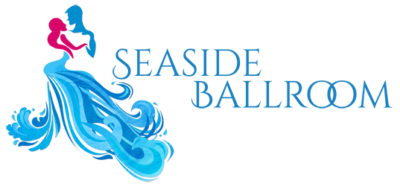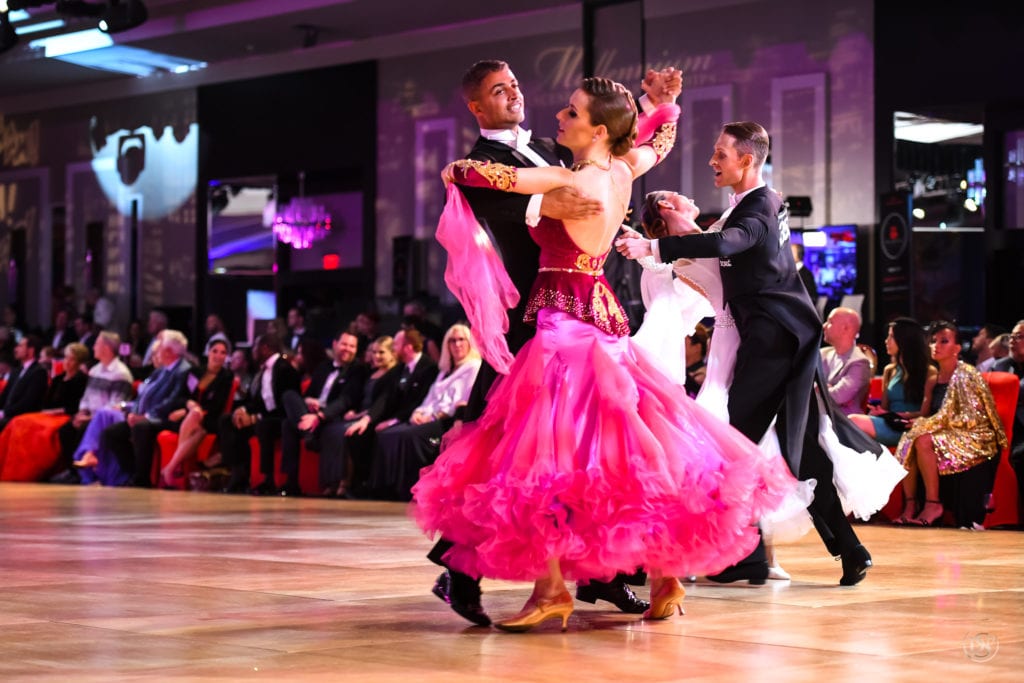Carolina Shag
The Shag, as it’s referred to in the South, is a laid back version of East Coast Swing that originated in Myrtle Beach, South Carolina in the 1950s. The dance evolved its relaxed style from beach goers dancing barefoot in the sand. The Shag’s basic figures are identical to that of the East Coast Swing. More advanced movements, called “mirror steps,” are actually short amalgamations of patterns that partners learn together while practicing.
East Coast Swing
Originating in the USA, the Swing evolved from the Lindy Hop and the Charleston in the 1920s. The East Coast Swing is the version of Swing that is danced to medium tempo Rock or Pop music. It consists of a variety of triple steps, spins, turns and kicks! East Coast Swing is one of the most popular dances in the United States and is the foundation for all Swing dances.
Hustle
The Hustle is a partner dance that is characterized by its fast turns, spins and wraps! It was derived from Swing in the 1970s during the Disco Era and made popular by movie star John Travolta. The Hustle has since evolved into a fun and energetic modern social dance that’s perfect in nearly any nightclub setting.
Jive
The Jive is the fastest version of Swing that became popular during World War II. Like the East Coast Swing, Jive is characterized by a variety of triple steps, spins, turns and kicks! Jive’s speed demands dancers develop strong footwork, control and stamina!
West Coast Swing
The suave and swanky West Coast Swing is the slowest version of Swing. Danced to Blues, Jazz or R&B music, the West Coast Swing consists of slow turns, wraps and playful footwork. The West Coast Swing is a must for social dancers who frequent blues clubs!







